Deep in the Indonesian archipelago lives a creature so extraordinary that travelers’ tales of its existence were once dismissed as mere folklore. The Komodo dragon, the world’s largest lizard, has captured human imagination for centuries with its dinosaur-like appearance and formidable hunting prowess. While ancient mariners spoke of “land crocodiles” and “fire-breathing dragons,” modern science has revealed that the reality of these magnificent reptiles is even more fascinating than the myths.
From their surprisingly complex hunting strategies to their remarkable biological adaptations, Komodo dragons represent one of nature’s most impressive evolutionary success stories. Let’s explore fourteen remarkable facts about these living dragons that demonstrate why they’re far more than legendary beasts—they’re extraordinary survivors whose real-life capabilities sometimes surpass even the most imaginative tales.
1. They Are Truly Ancient Creatures
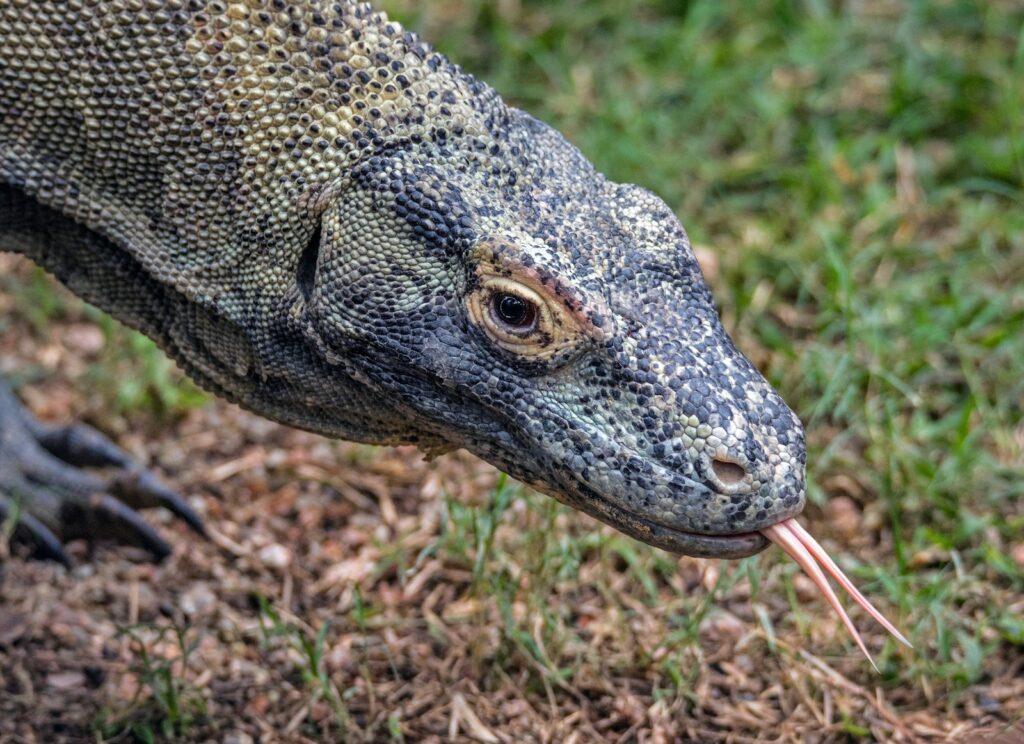
Komodo dragons belong to the Varanidae family, a group of monitor lizards whose evolutionary history stretches back more than 40 million years. Their direct ancestors migrated to the Indonesian islands approximately 4 million years ago, making them one of the oldest large predator species still in existence today. During their evolutionary journey, they experienced island gigantism—a biological phenomenon where species isolated on islands grow much larger than their mainland relatives.
Their ancient lineage places them closer to dinosaurs on the evolutionary tree than many modern reptiles, and their prehistoric appearance isn’t merely coincidental—it reflects their position as living fossils that have survived relatively unchanged through dramatic climate shifts and extinction events that eliminated countless other species.
2. They Possess a Deadly Toxic Bite
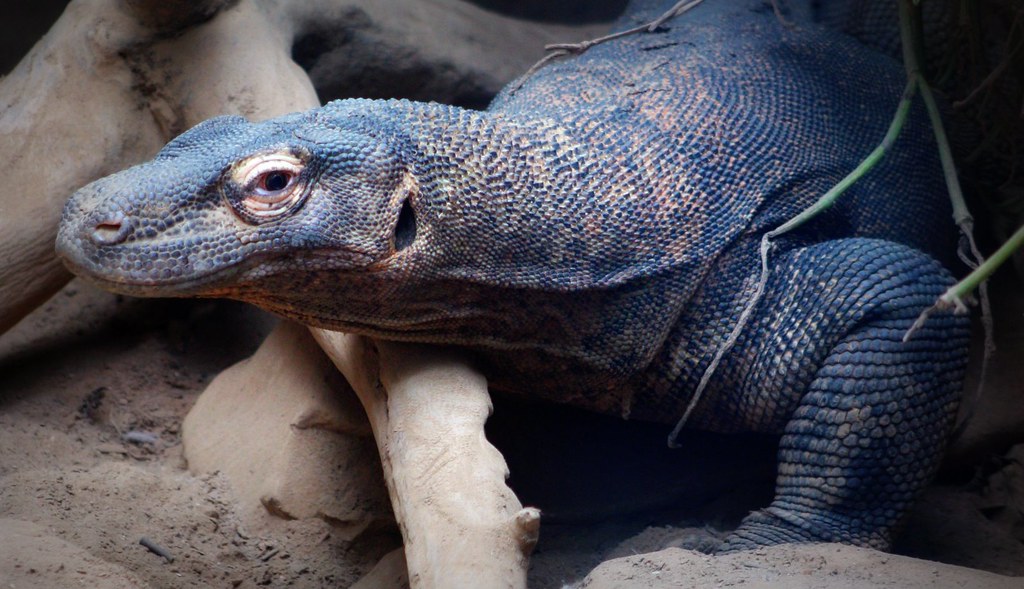
For decades, scientists believed Komodo dragons killed through bacterial infection from their saliva, but research in 2009 revealed a far more sophisticated weapon. Komodo dragons possess complex venom glands that produce toxins designed to prevent blood clotting, lower blood pressure, induce muscle paralysis, and trigger rapid blood loss in their victims. When a Komodo dragon bites its prey, it delivers these potent toxins through specialized serrated teeth that create deep, jagged wounds.
The combination of physical trauma and venom ensures that even if the prey escapes the initial attack, it will likely collapse within hours from the venom’s effects. This sophisticated hunting adaptation places Komodo dragons among the relatively few venomous lizard species in the world, challenging previous notions about reptilian predatory capabilities.
3. Their Size Is Truly Monstrous
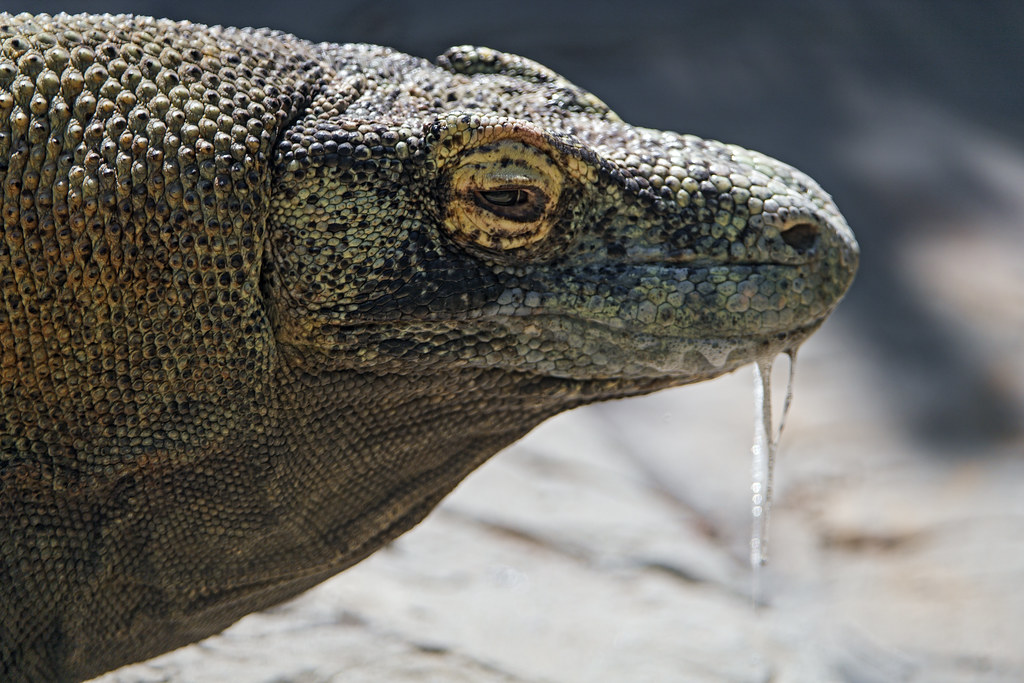
Komodo dragons stand as the undisputed giants of the lizard world, with adult males regularly reaching lengths of 8 to 10 feet and weighing an impressive 150 to 200 pounds. The largest verified specimen tipped the scales at 366 pounds and measured nearly 10.3 feet from snout to tail, dimensions that rival some smaller crocodilian species. Their massive size is particularly remarkable considering they evolved on resource-limited islands, demonstrating their exceptional adaptation to their environment.
Unlike many large predators, Komodo dragons continue growing throughout their lives, albeit at a slower rate after reaching sexual maturity, which means the oldest individuals are typically the largest. This continuous growth pattern, combined with their long 30+ year lifespan in the wild, explains why ancient specimens can reach such intimidating proportions.
4. They Have an Extraordinary Sense of Smell
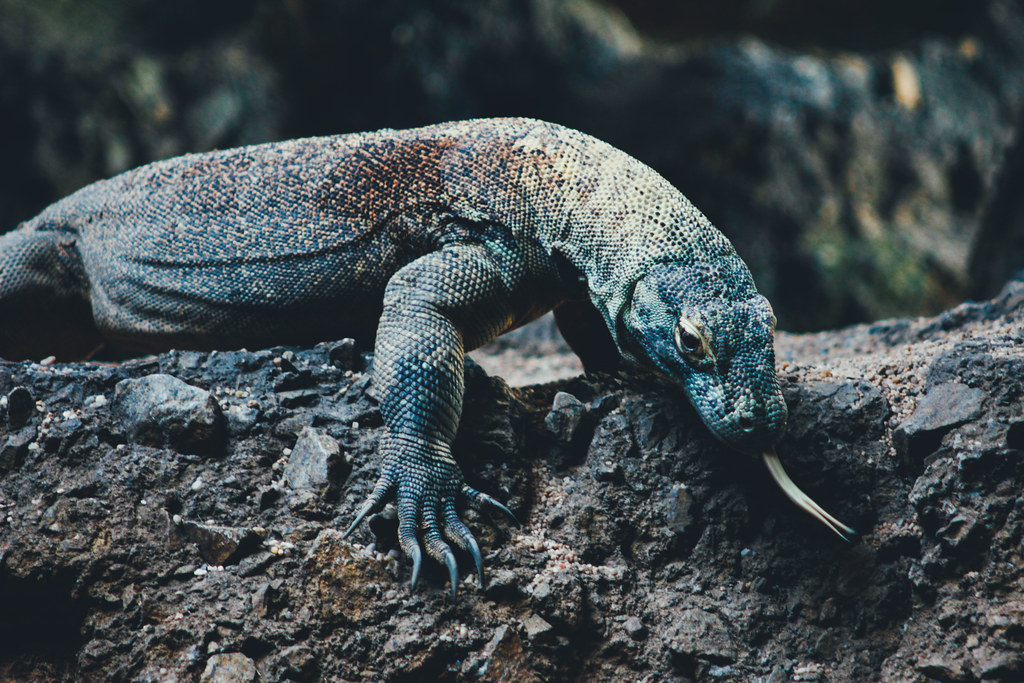
The Komodo dragon possesses one of the most sophisticated olfactory systems in the animal kingdom, capable of detecting carrion from up to 5.9 miles away under ideal conditions. Their forked tongues collect airborne particles which are then analyzed by the Jacobson’s organ in the roof of their mouths, creating a three-dimensional chemical map of their surroundings. This remarkable adaptation allows them to track wounded prey with uncanny precision, following blood trails even days after an animal has passed.
Their scent detection is so refined that they can determine directional information and even distinguish between individual animals based on their unique chemical signatures. This extraordinary sense compensates for their relatively poor eyesight, allowing them to function as efficient hunters even in dense vegetation where visual tracking would be nearly impossible.
5. They Practice Parthenogenesis
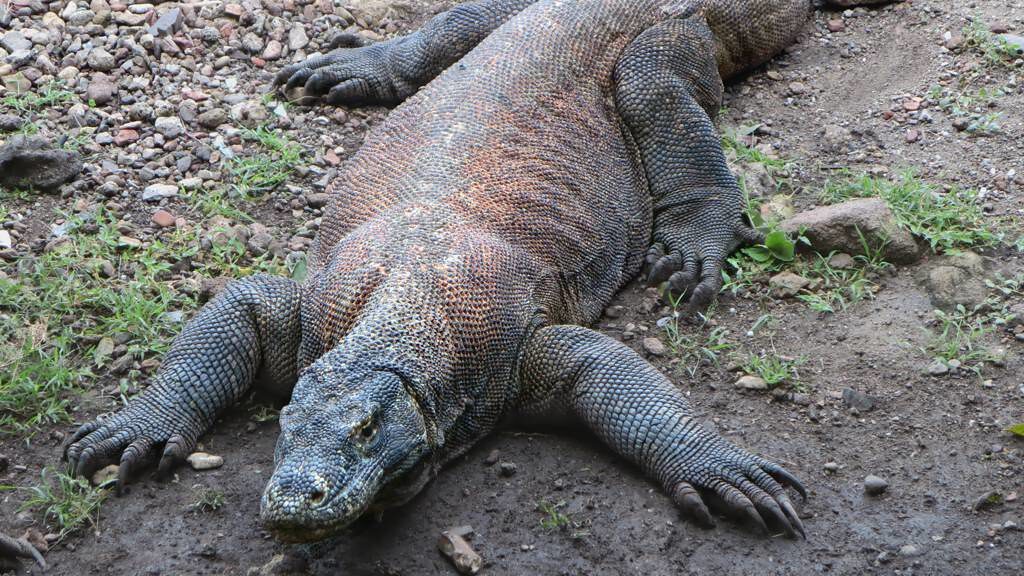
In one of nature’s most remarkable reproductive adaptations, female Komodo dragons possess the ability to reproduce without male fertilization through a process called parthenogenesis. This astonishing capability was first documented in 2006 when a captive female who had never been exposed to a male successfully produced viable offspring. During parthenogenesis, the female’s egg cells essentially fertilize themselves, creating offspring that are genetically identical to their mother.
This evolutionary adaptation ensures species survival in isolated environments where finding a mate might be impossible. Interestingly, all parthenogenetic offspring are male, which theoretically allows a single female stranded on a new island to establish an entire breeding population within a single generation. This reproductive flexibility likely contributed to the dragons’ successful colonization of multiple Indonesian islands despite geographic isolation.
6. They Employ Sophisticated Hunting Strategies
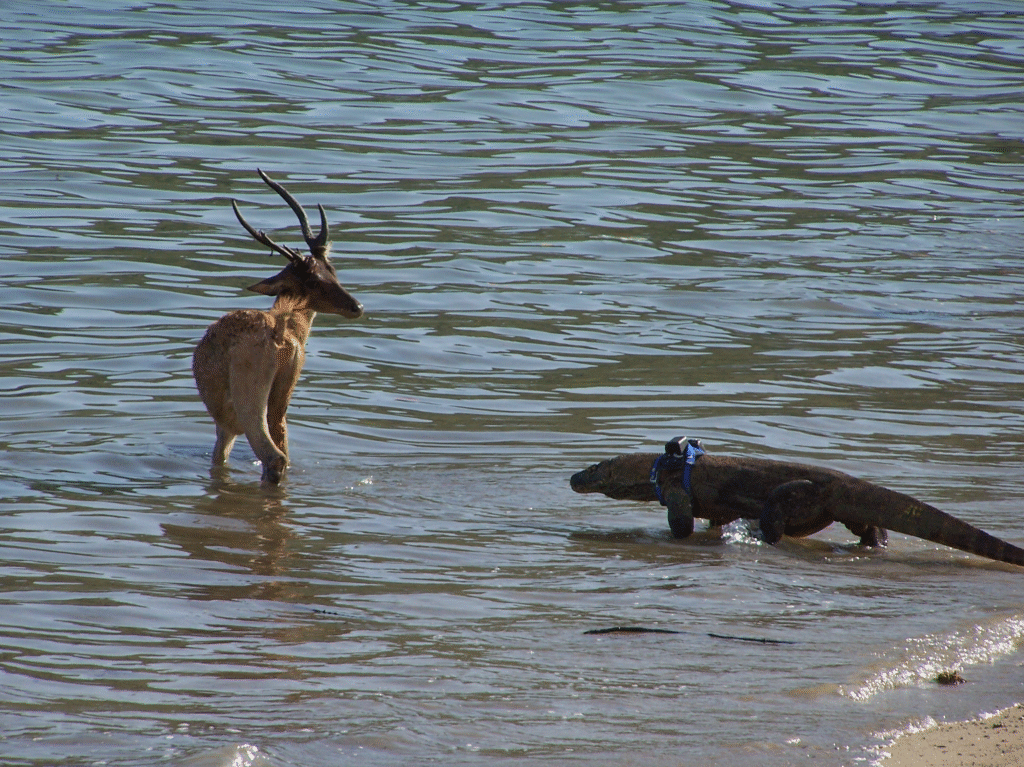
Far from being simple ambush predators, Komodo dragons demonstrate complex hunting behaviors that suggest considerable cognitive abilities. They have been observed working in groups to bring down large prey like water buffalo, with younger dragons deliberately startling the prey toward waiting adults who deliver the fatal bites. They practice strategic patience, utilizing their stamina to wear down faster prey through persistent pursuit over several hours or even days.
Some individuals have been documented setting up ambushes along game trails, remaining motionless for hours before striking with explosive speed. Perhaps most impressively, they demonstrate learning capabilities, adapting their hunting techniques based on previous experiences and the specific behaviors of different prey species. These sophisticated strategies challenge the conventional view of reptiles as instinct-driven creatures and place Komodo dragons among the more intelligent reptilian predators.
7. They Have Armored Skin
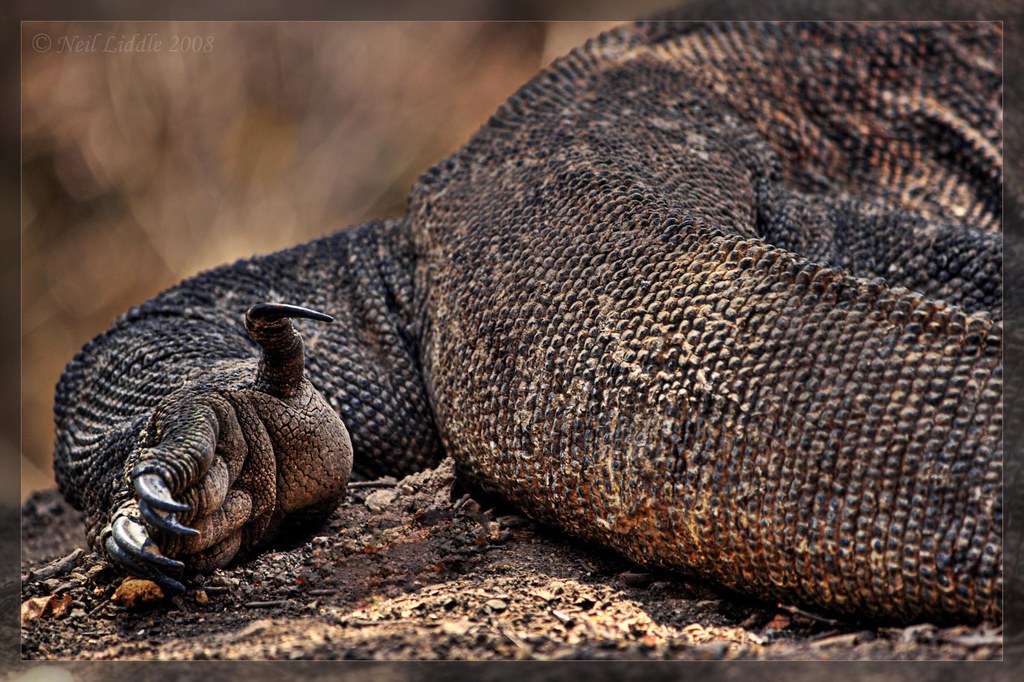
The Komodo dragon’s skin functions as a natural suit of armor, providing protection during hunting and territorial conflicts. Beneath their scaly exterior lies a layer of osteoderms—small bones embedded within the skin that create a chainmail-like defense against bites and scratches. This armored hide is particularly thick around vital areas like the neck and back, offering protection against both prey animals and rival dragons.
Their scales contain embedded sensors that can detect subtle vibrations through the ground, alerting the dragon to approaching threats or potential prey. Despite this armor, their skin remains surprisingly flexible, allowing for the rapid acceleration and agility needed when hunting. This combination of protection and mobility represents an evolutionary compromise that has served the species well across millions of years of predatory lifestyle.
8. They Can Consume 80% of Their Body Weight in One Meal
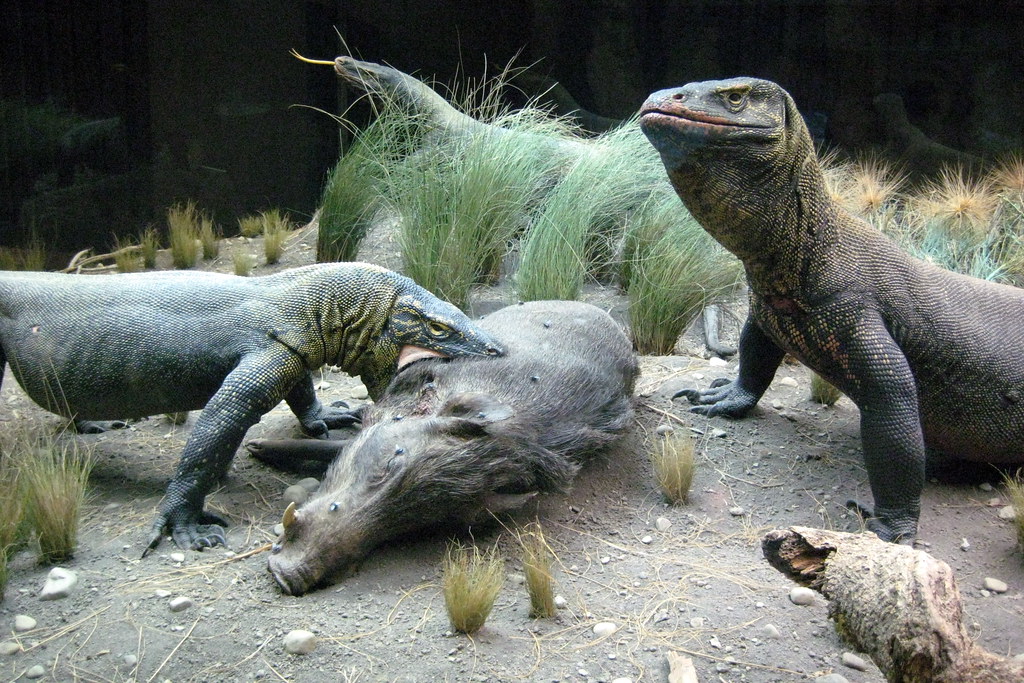
Komodo dragons possess one of the most efficient digestive systems in the animal kingdom, capable of processing massive quantities of food in remarkably short periods. When feasting on large prey, they can consume up to 80% of their body weight in a single sitting—equivalent to a 180-pound human eating approximately 144 pounds of food at once. Their stomachs can expand dramatically to accommodate these enormous meals, and they produce extremely potent stomach acids that can dissolve bones, hooves, and horns.
After such substantial feasts, Komodo dragons enter a period of dramatically reduced metabolism, sometimes not requiring another meal for up to a month. This feast-or-famine adaptation perfectly suits their unpredictable island environment, where prey availability fluctuates seasonally and competition among dragons can be intense.
9. They Have an Advanced Cardiovascular System
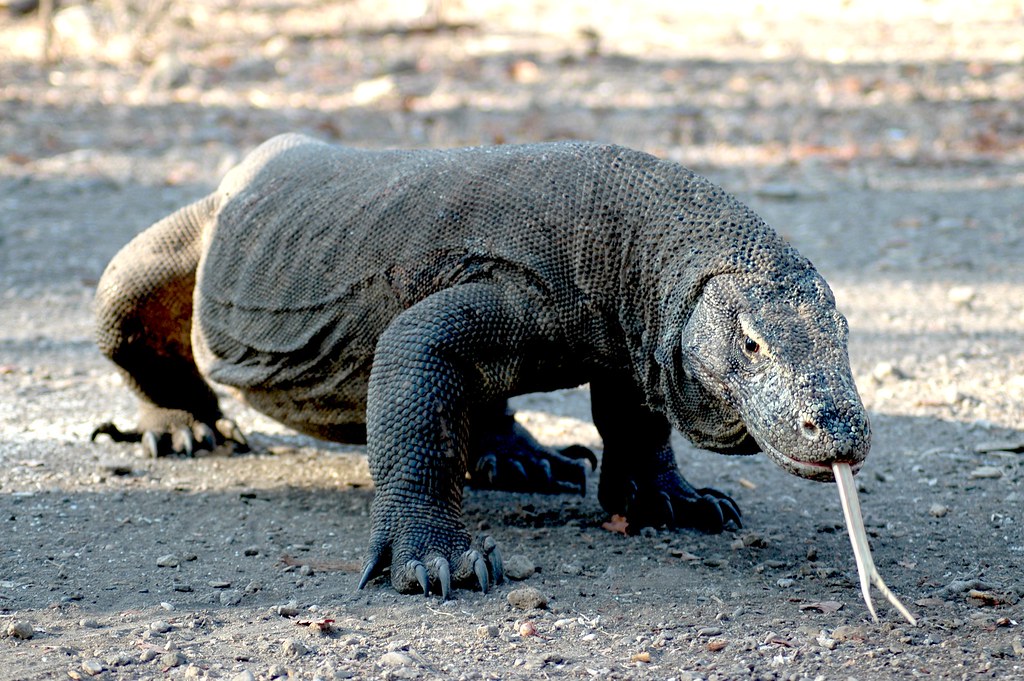
Contrary to the typical reptilian physiology, Komodo dragons possess a surprisingly sophisticated cardiovascular system that shares features with both reptiles and mammals. Their hearts contain partial divisions that allow for more efficient oxygen circulation, representing an evolutionary step between the three-chambered hearts of most reptiles and the four-chambered hearts of mammals and birds. This advanced circulatory system supports their high-energy hunting style, allowing for sustained pursuit and explosive bursts of speed reaching up to 13 miles per hour over short distances.
They can also control blood flow to specific body regions, directing oxygen-rich blood to muscles during intense activity while temporarily reducing circulation to less essential organs. This cardiovascular flexibility helps explain their remarkable stamina, with some individuals documented tracking wounded prey for days without rest.
10. They Engage in Complex Social Behaviors
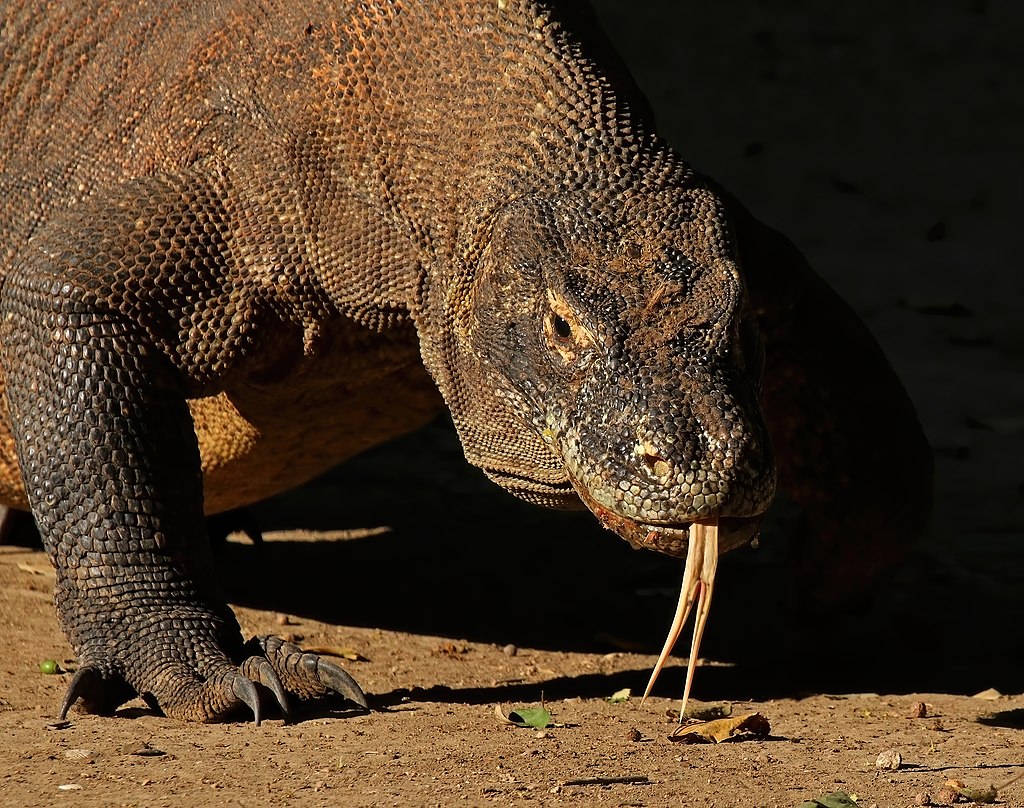
Despite their reputation as solitary predators, Komodo dragons exhibit a range of social behaviors that suggest greater complexity than previously understood. They maintain loose hierarchical structures within their territories, with dominant males establishing priority access to food, basking sites, and breeding females. Young dragons have been observed engaging in play-like behaviors, including mock combat that helps develop hunting and fighting skills without serious injury.
They communicate through a sophisticated system of body postures, chemical signals, and vocalizations ranging from hisses to subtle grunts. Perhaps most surprisingly, they demonstrate individual recognition abilities, treating familiar dragons differently than strangers and modifying their behaviors based on previous interactions. These social capabilities, unusual among reptiles, suggest cognitive development beyond what was once attributed to these ancient predators.
11. They Have the Strongest Bite Force Among Lizards
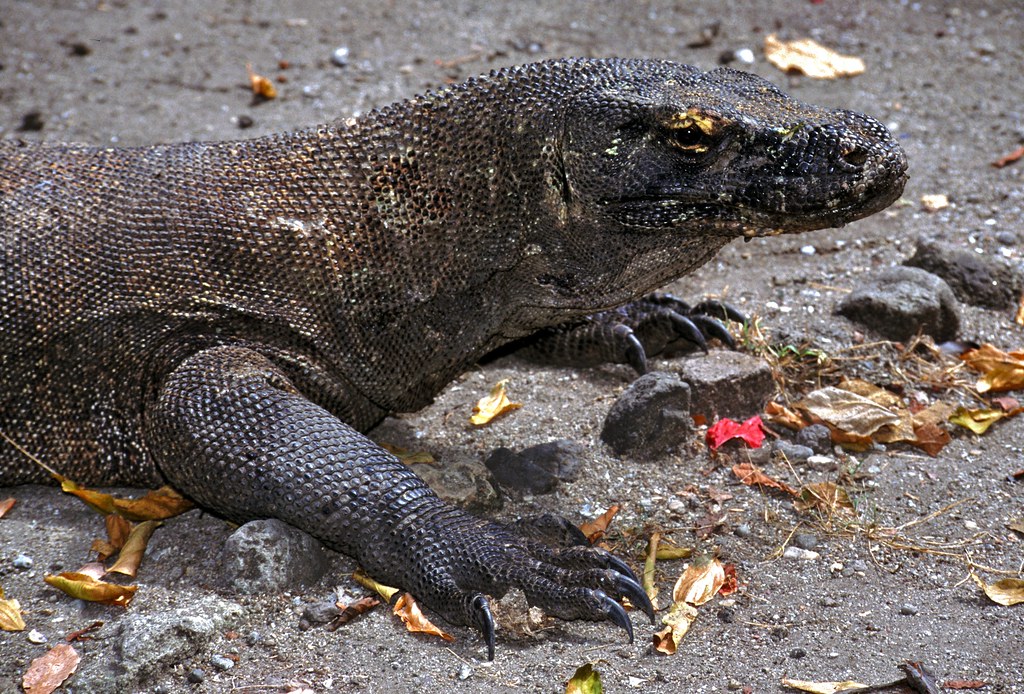
Komodo dragons possess jaw strength that outclasses every other living lizard species, with bite force measurements exceeding 1,000 pounds per square inch (PSI) in large specimens. This extraordinary power comes from specialized jaw muscles and a skull structure evolved specifically for delivering devastating bites to large prey. Unlike many predators that gradually increase pressure when biting, Komodo dragons employ an explosive “snap and pull” technique, using their serrated teeth to tear large chunks of flesh in a single motion.
Their jaws contain flexible ligaments that allow them to open their mouths nearly 80 degrees, enabling them to swallow surprisingly large pieces of prey whole. Complementing this physical power is exceptional jaw control—they can modulate their bite force precisely, using gentle pressure when carrying their own eggs or offspring while delivering maximum force when subduing large prey.
12. They Have a Third Eye
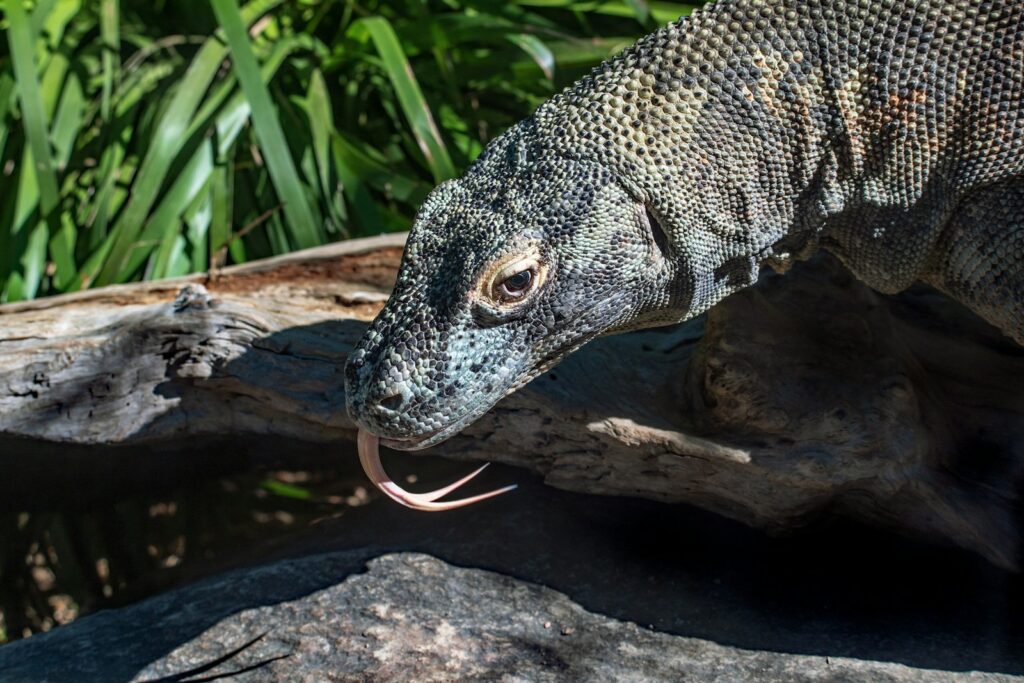
Atop the Komodo dragon’s head sits a remarkable evolutionary feature known as the parietal eye or “third eye.” This specialized photoreceptive organ cannot form images but is highly sensitive to changes in light and dark, helping regulate the dragon’s circadian rhythms and seasonal behaviors. The parietal eye connects directly to the pineal gland, influencing hormone production related to thermoregulation, metabolism, and reproductive cycles.
This ancestral feature, shared with several other reptile species, dates back to their earliest evolutionary origins and serves as a living connection to their prehistoric ancestors. While not immediately obvious to casual observers, this “third eye” remains visible as a small scaled dome on hatchlings, gradually becoming less distinct as the animal ages. This adaptation demonstrates the Komodo dragon’s evolutionary conservation of ancient traits while developing new specializations for their unique ecological niche.
13. They Can Alter Their Metabolism Based on Food Availability
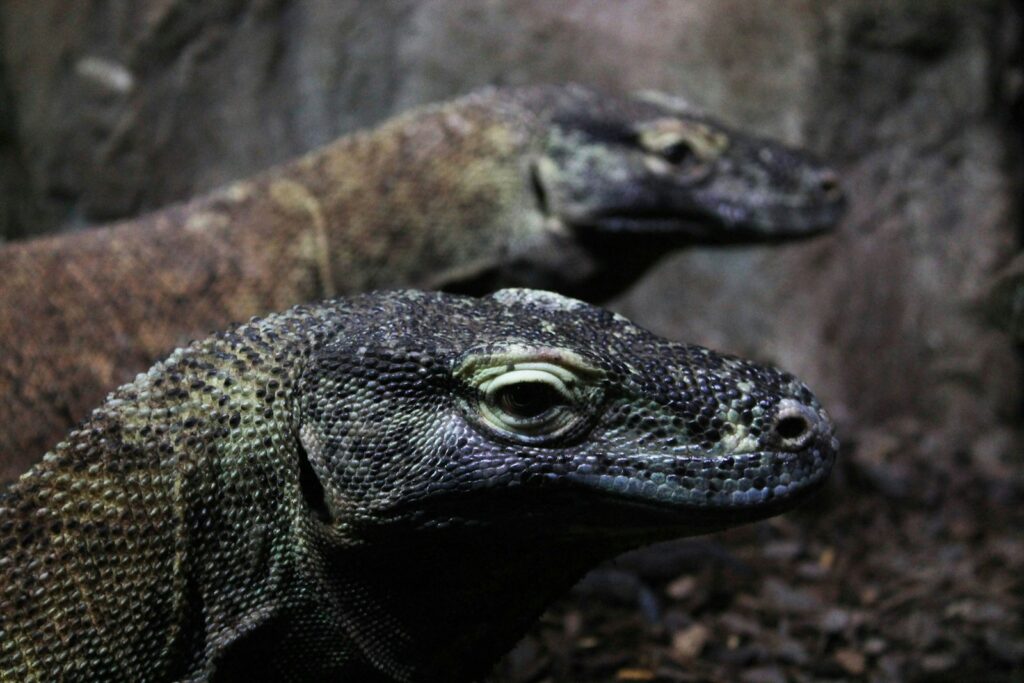
Komodo dragons possess remarkable metabolic flexibility that allows them to thrive in environments with unpredictable food resources. During abundant periods, they can increase their metabolic rate to support rapid growth and energy-intensive activities like mating and territorial defense. Conversely, during food scarcity, they can reduce their metabolism by up to 40%, dramatically decreasing their energy requirements while maintaining essential bodily functions. This adaptation enables adult dragons to survive up to one year without a substantial meal if necessary, drawing on extensive fat reserves stored throughout their bodies.
Their livers contain specialized enzymes that efficiently convert stored fat into usable energy during fasting periods, preventing muscle degradation that would otherwise compromise hunting abilities. This metabolic plasticity represents one of their most crucial survival adaptations, explaining their resilience through seasonal fluctuations and environmental challenges that would devastate less adaptable predators.
14. They Are Accomplished Swimmers
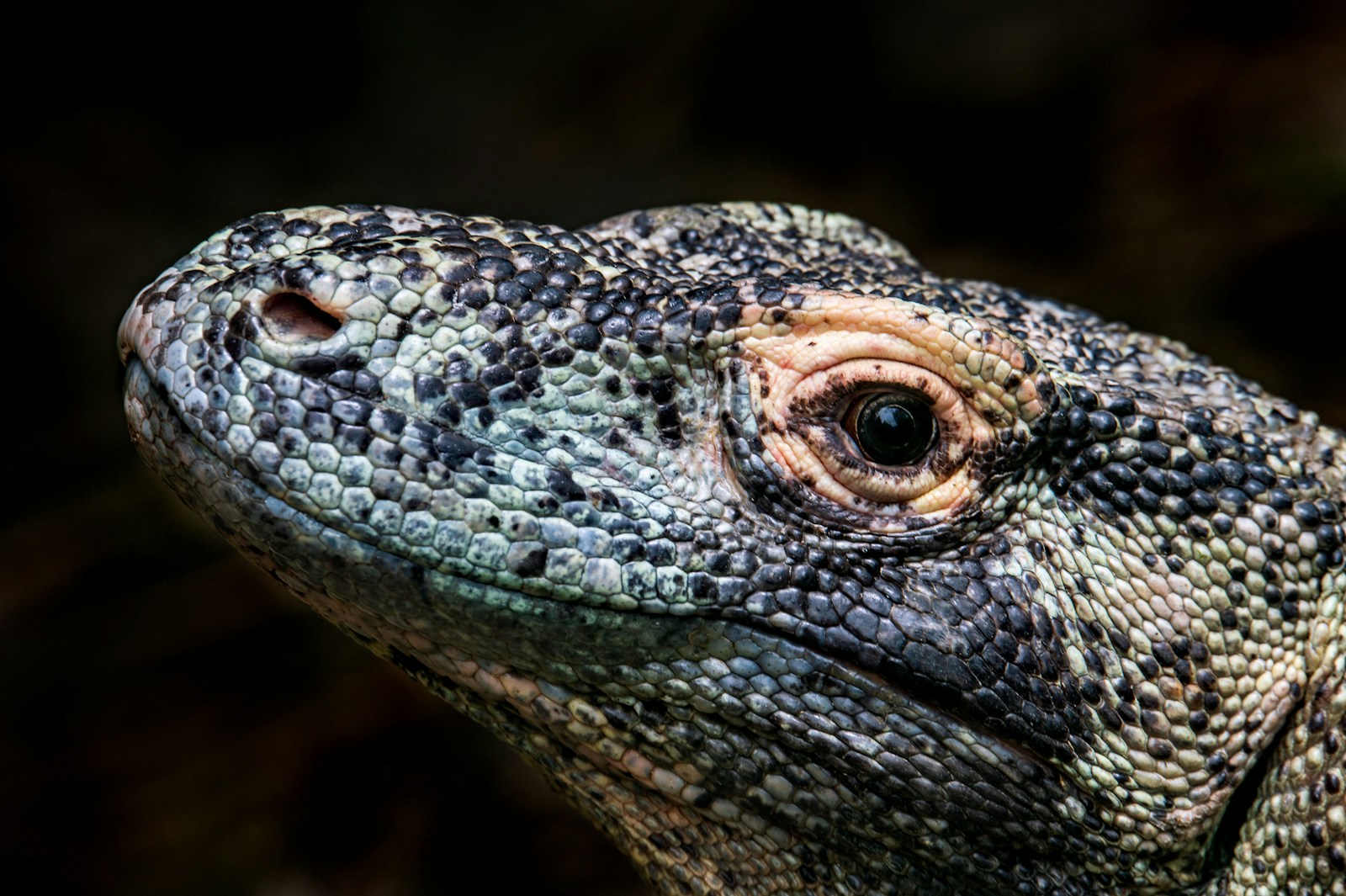
Despite their massive size and seemingly cumbersome appearance, Komodo dragons are remarkably proficient swimmers capable of crossing substantial water barriers between islands. Using powerful lateral undulations of their muscular tails and limbs, they can maintain steady swimming speeds of up to 2 miles per hour over impressive distances. Historical records document observations of dragons swimming more than 7.5 miles between Indonesian islands, explaining their distribution across multiple landmasses despite geographic isolation.
Young dragons often spend considerable time in trees and water to avoid cannibalistic adults, developing strong swimming abilities early in life. Their swimming prowess has significant evolutionary implications, as it enabled their ancestors to colonize multiple islands within the Indonesian archipelago, creating the scattered but viable populations we see today. This aquatic capability adds another dimension to their already impressive adaptability, demonstrating how thoroughly they have mastered their island environment.
The Komodo dragon stands as one of nature’s most remarkable evolutionary success stories—a living legend that continues to surprise researchers with its biological sophistication. From their deadly venom and armored skin to their reproductive flexibility and social complexity, these ancient reptiles have developed extraordinary adaptations that ensure their survival in a challenging island ecosystem. As one of the few megafauna predators to successfully navigate the Anthropocene era, they represent both a window into prehistoric predator-prey dynamics and a testament to evolutionary resilience.
While their numbers remain vulnerable due to habitat loss and human encroachment, conservation efforts have helped stabilize populations, giving us hope that these magnificent creatures will continue patrolling their island domains for generations to come. The real Komodo dragon, it seems, is even more extraordinary than the legends that once surrounded it—proving that sometimes, nature’s reality surpasses even our most imaginative myths.

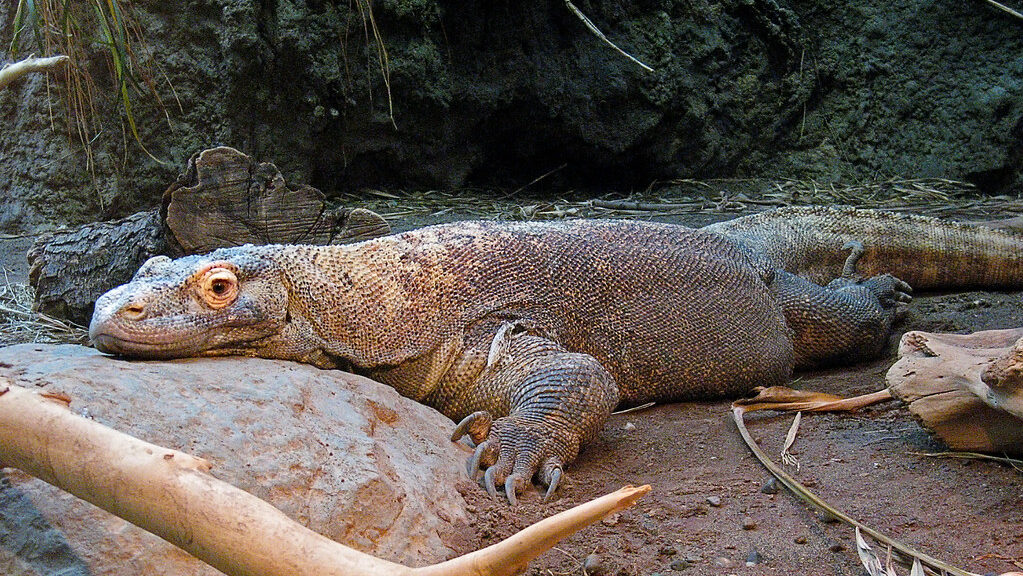
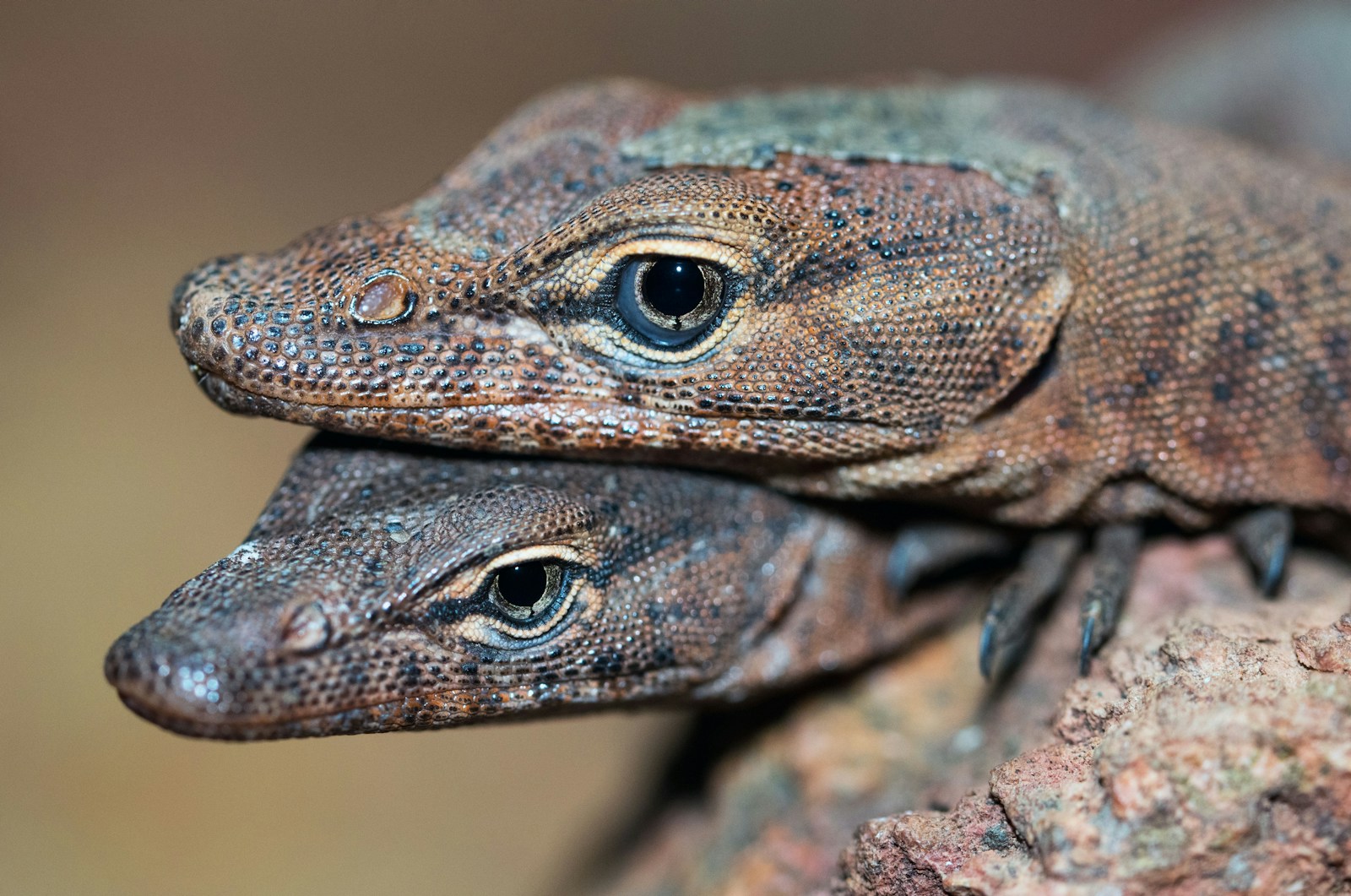
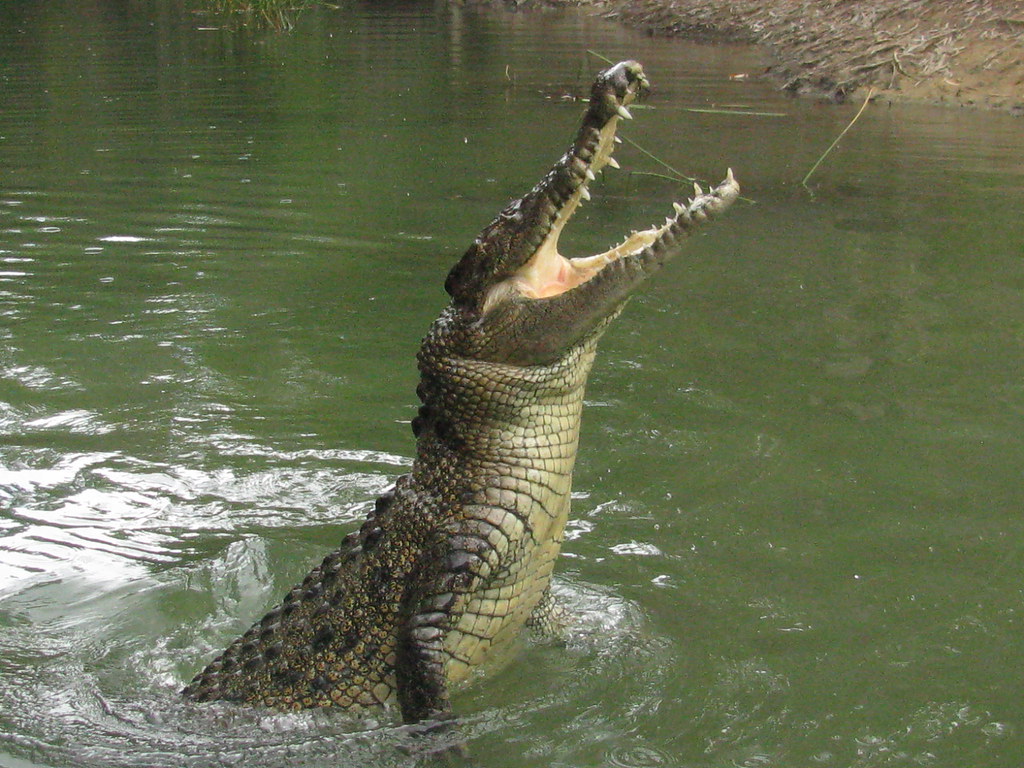
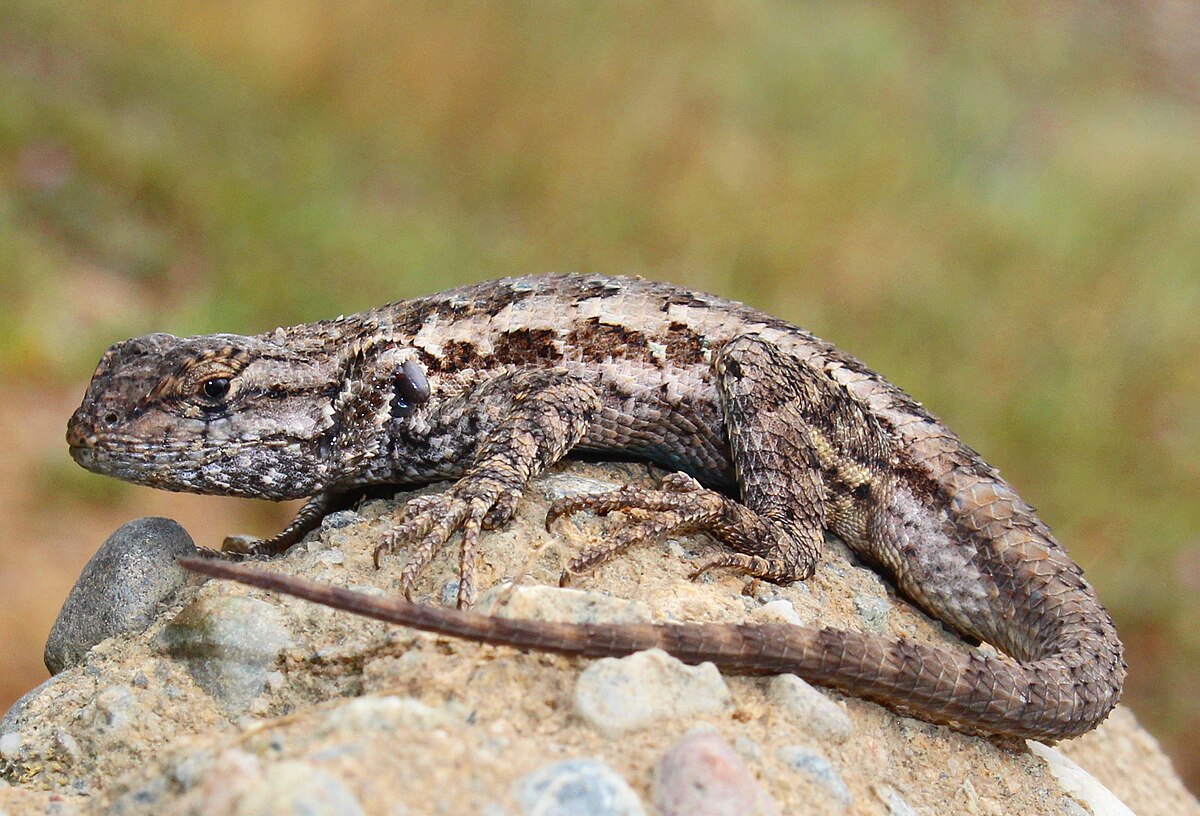
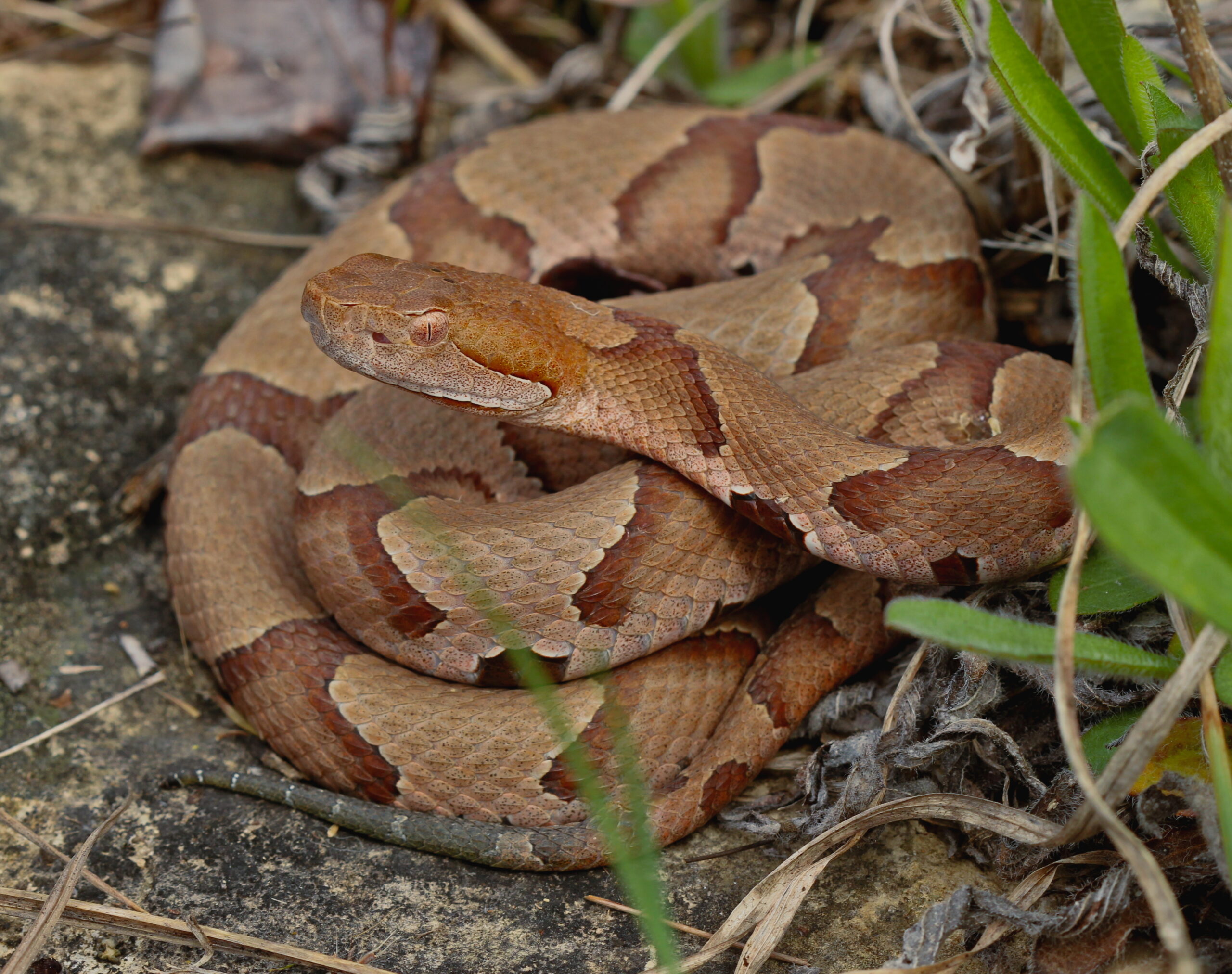
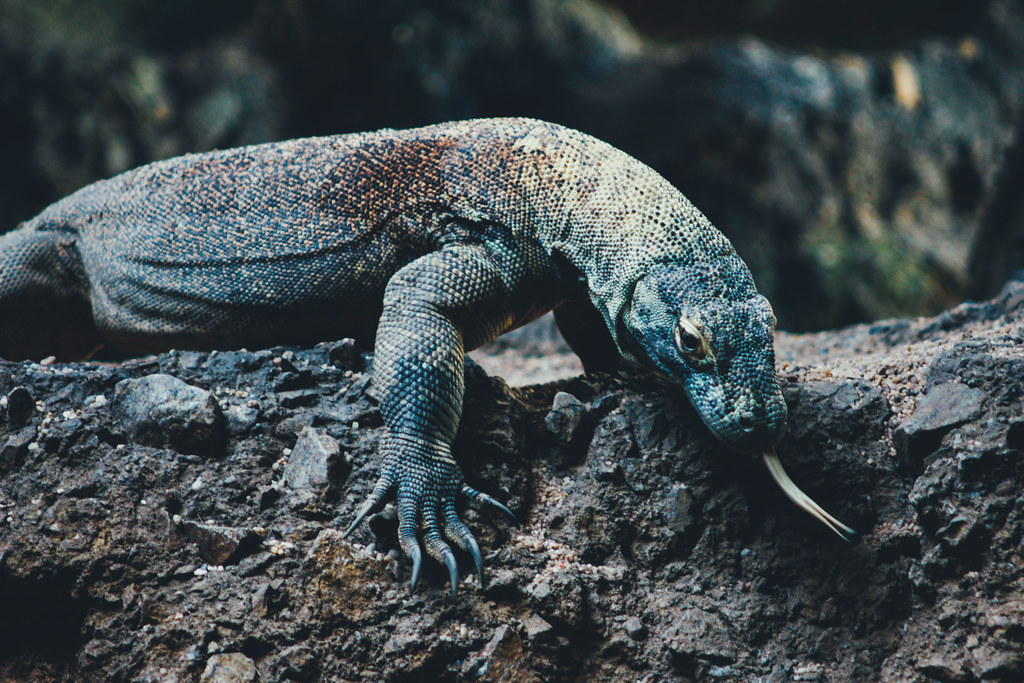
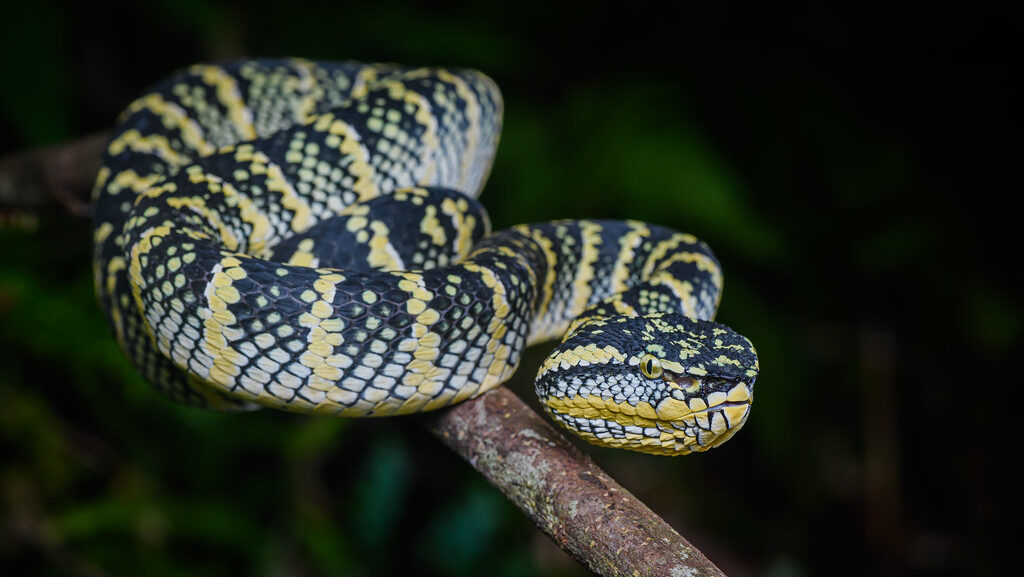
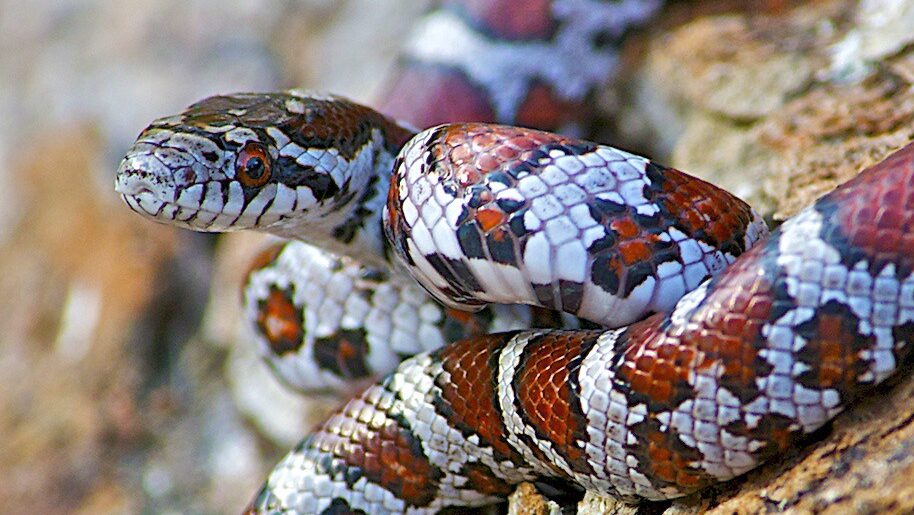

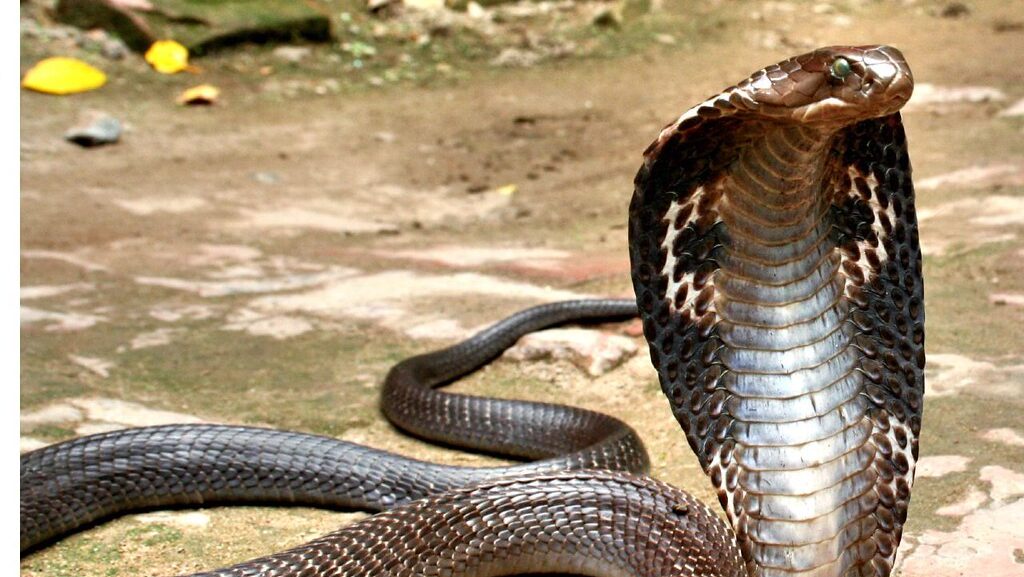
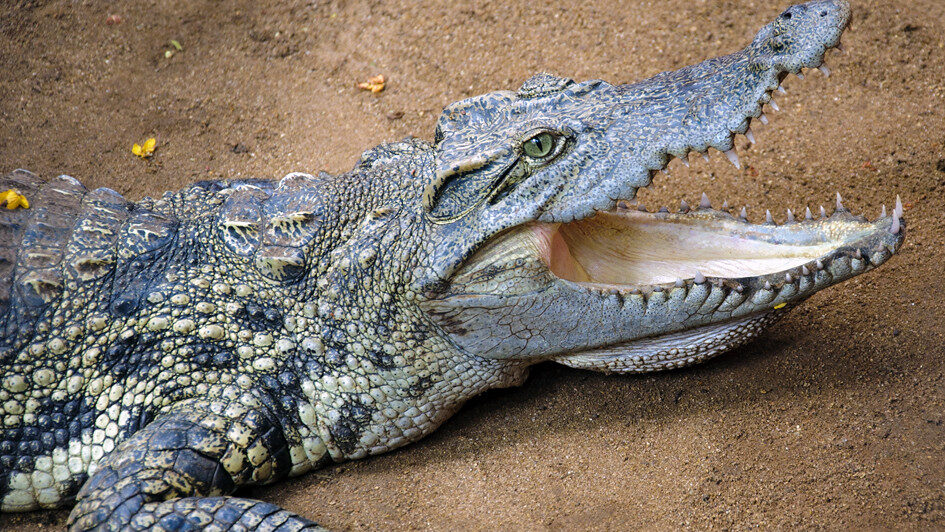
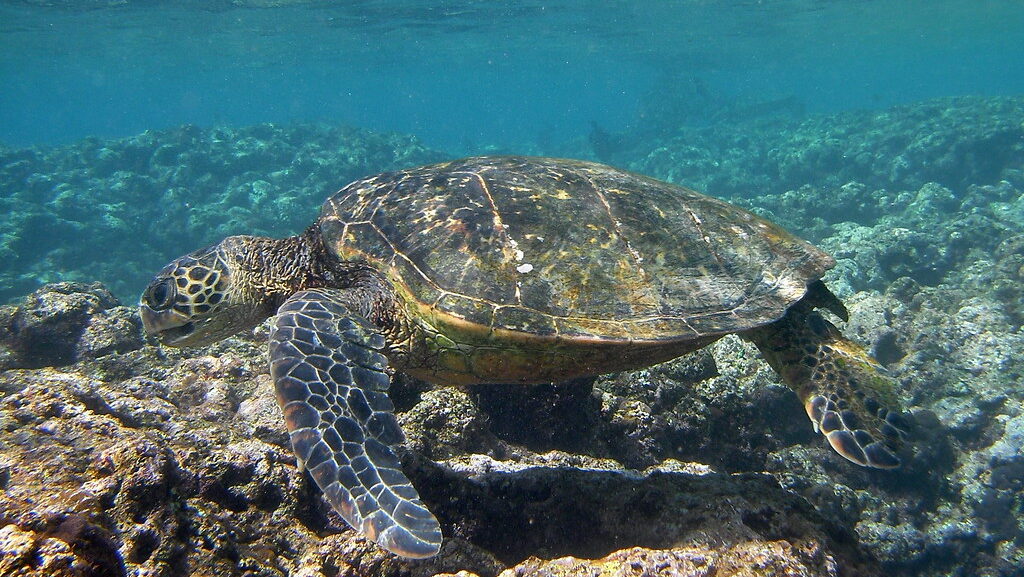

Leave a Reply